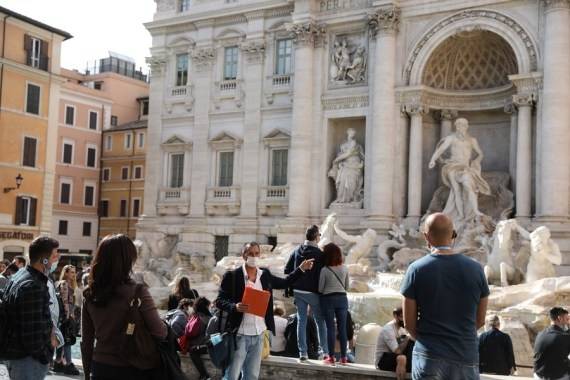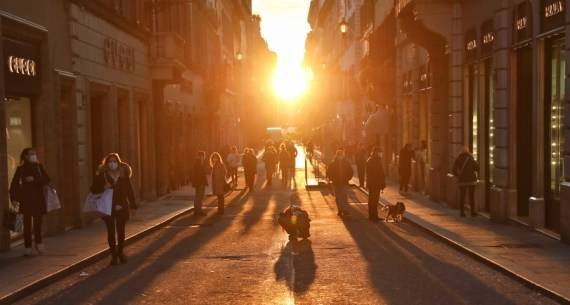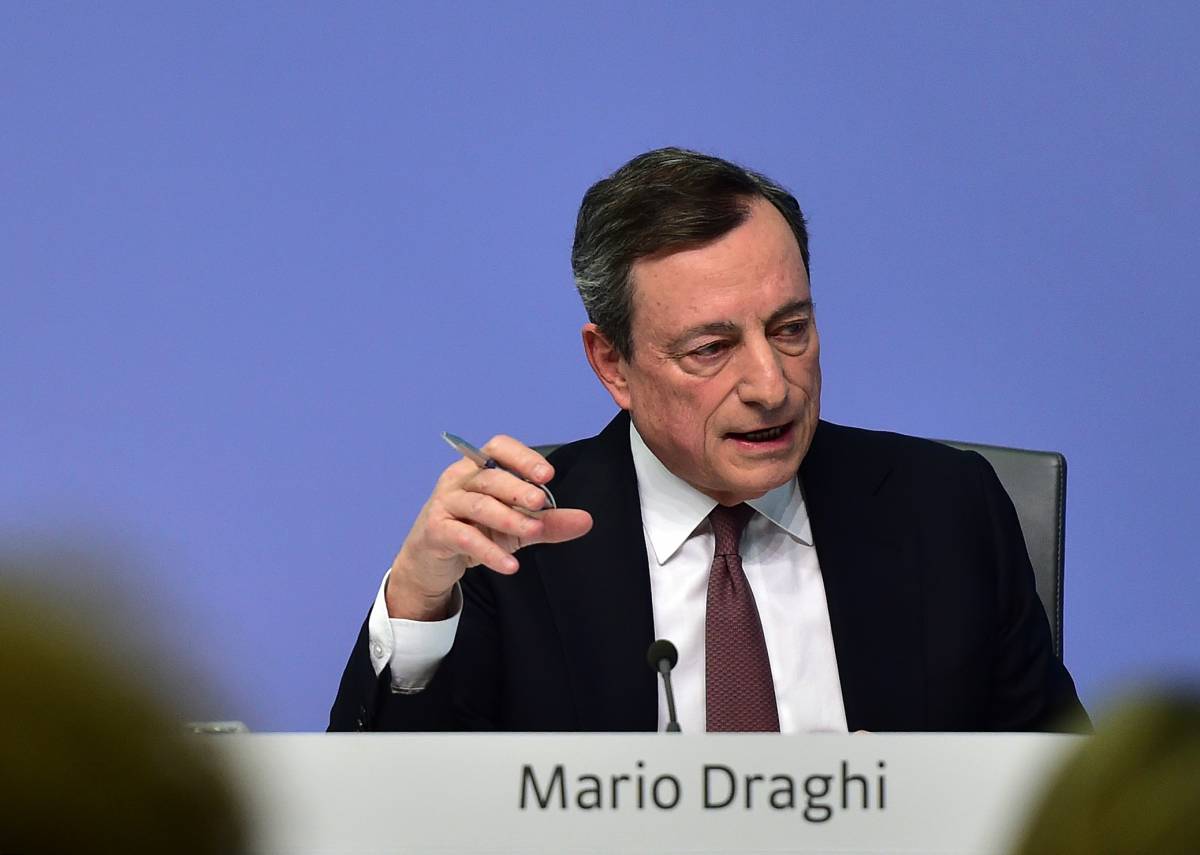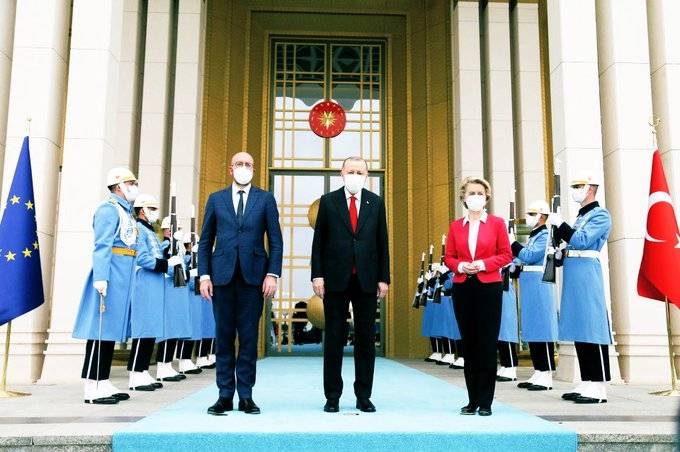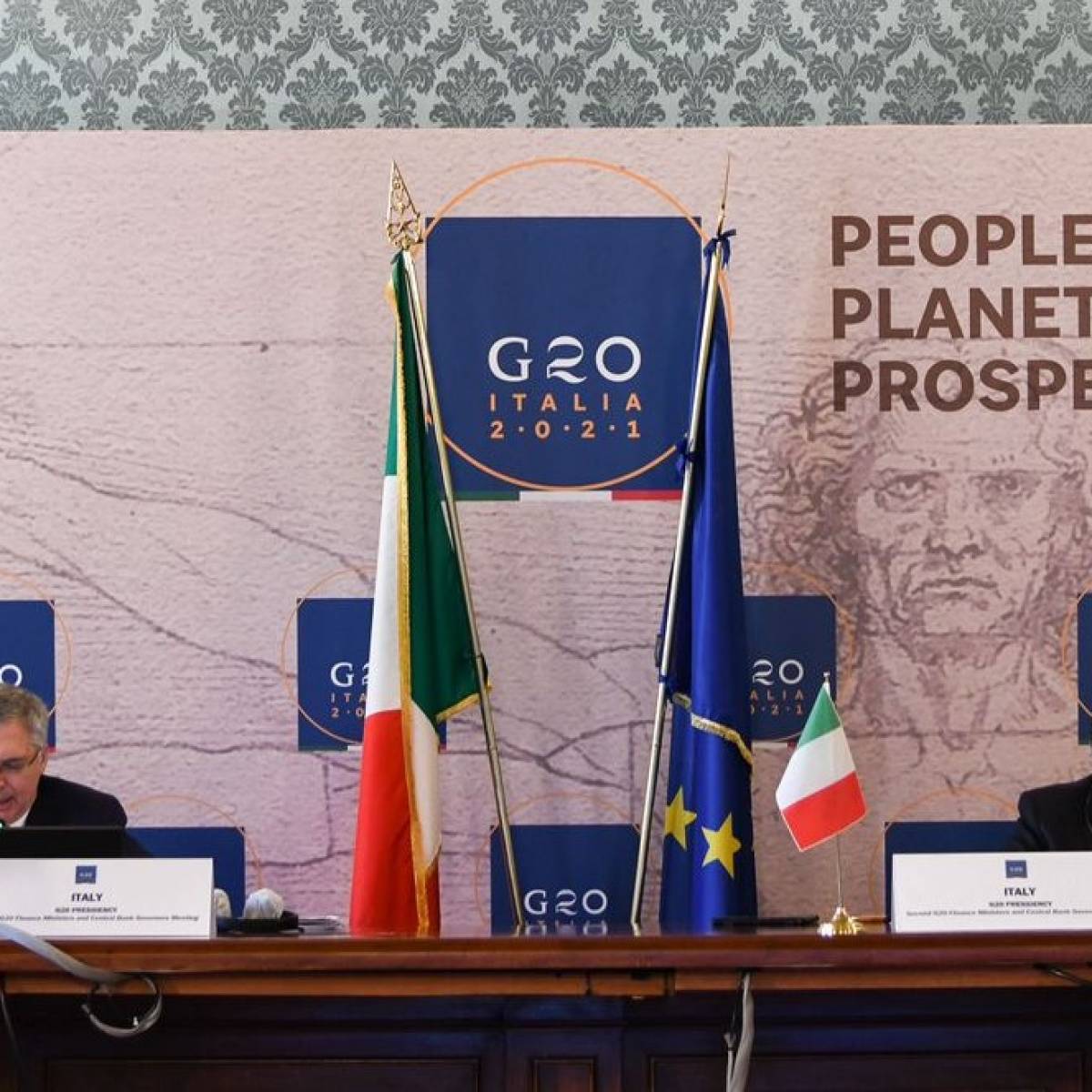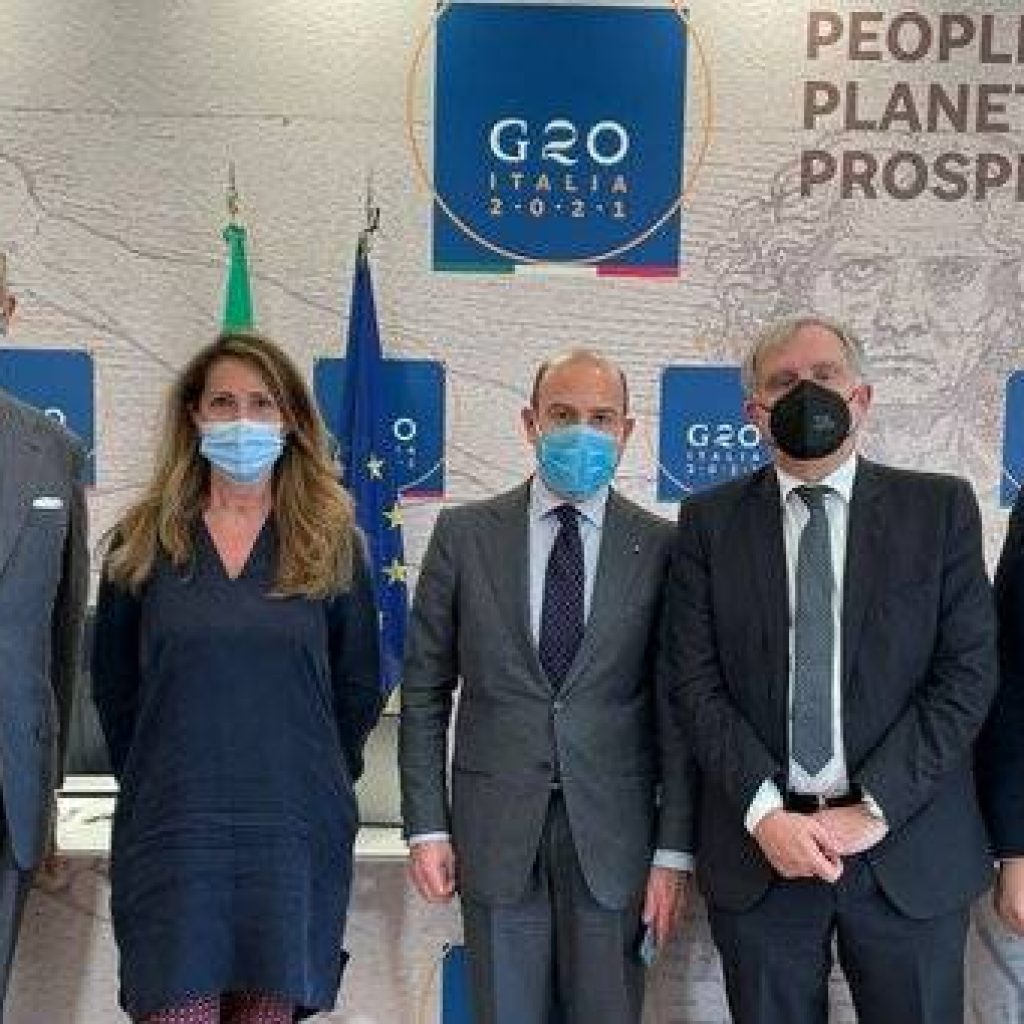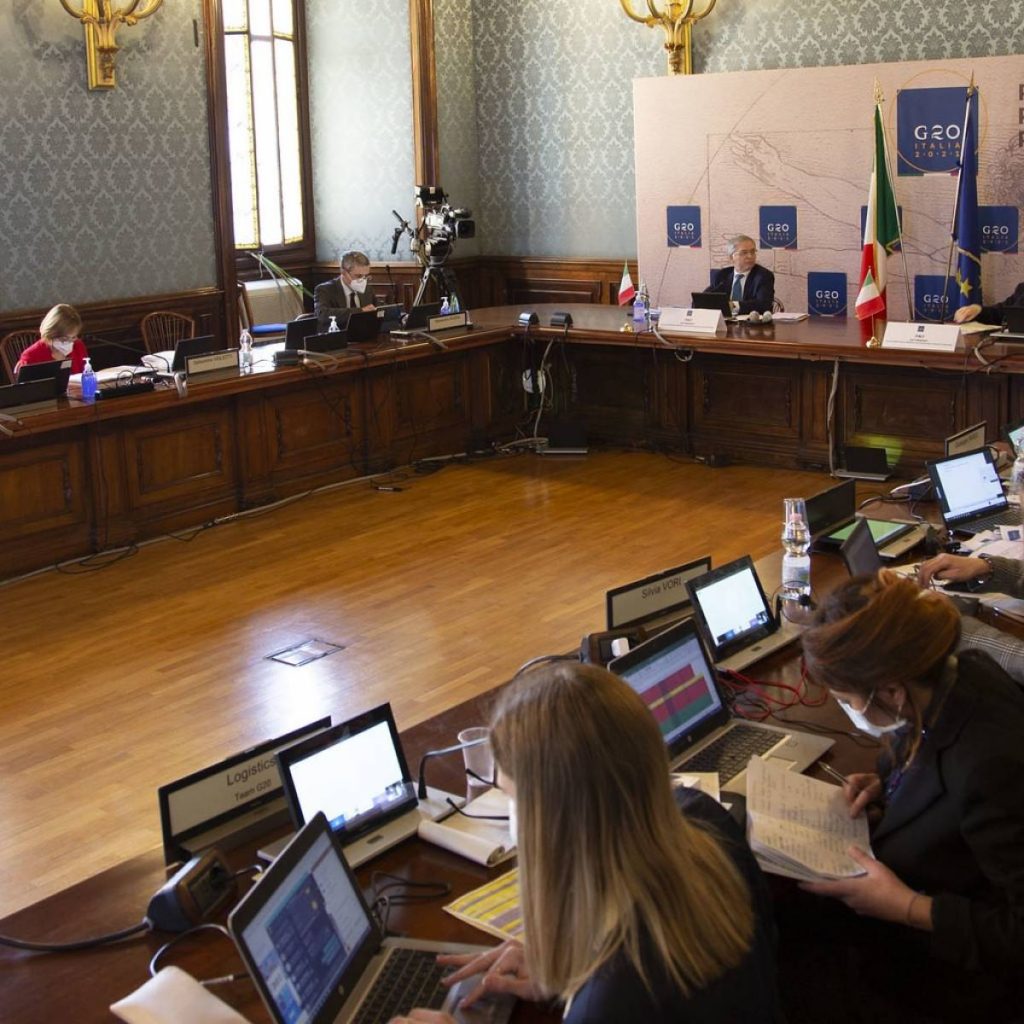Many streets, parks and squares in the Italian capital were overwhelmed with visitors over the weekend…reports Asian Lite News
Italy has formally reopened its borders for restriction-free travel for visitors from some countries, almost a year after the Covid-19 pandemic ravaged the country.
Many streets, parks and squares in the Italian capital were full of visitors over the weekend, Xinhua news agency reported.
As of Sunday, travellers from European Union (EU) member states, the UK, and Israel have been allowed to enter Italy without restrictions if they could show a recent negative coronavirus test, proof of vaccination, or if they have recovered from the virus in the last six months.
Prime Minister Mario Draghi had announced earlier this month at the G20 Tourism Ministers’ meeting that Italy would begin welcoming foreign tourists in mid-May, about a month before the EU’s own Digital Green Certificate pass for tourists went into effect.

Draghi’s decision came as coronavirus indicators such as the infection, hospitalisation, and mortality rates improved over the last month.
The move Draghi announced formally went into effect Sunday for visitors from some countries.
Travellers from other parts of the world can still enter the country as long as they follow quarantine rules on arrival, and those in the country must obey national health restrictions, such as the 10 p.m. national curfew and seating for bars and restaurants limited to outdoor areas.
Meanwhile, predictions are that the tourism sector that accounted for 13 per cent of Italy’s gross domestic product before the pandemic will have to wait until the second half of 2023 to return to 2019 levels.

